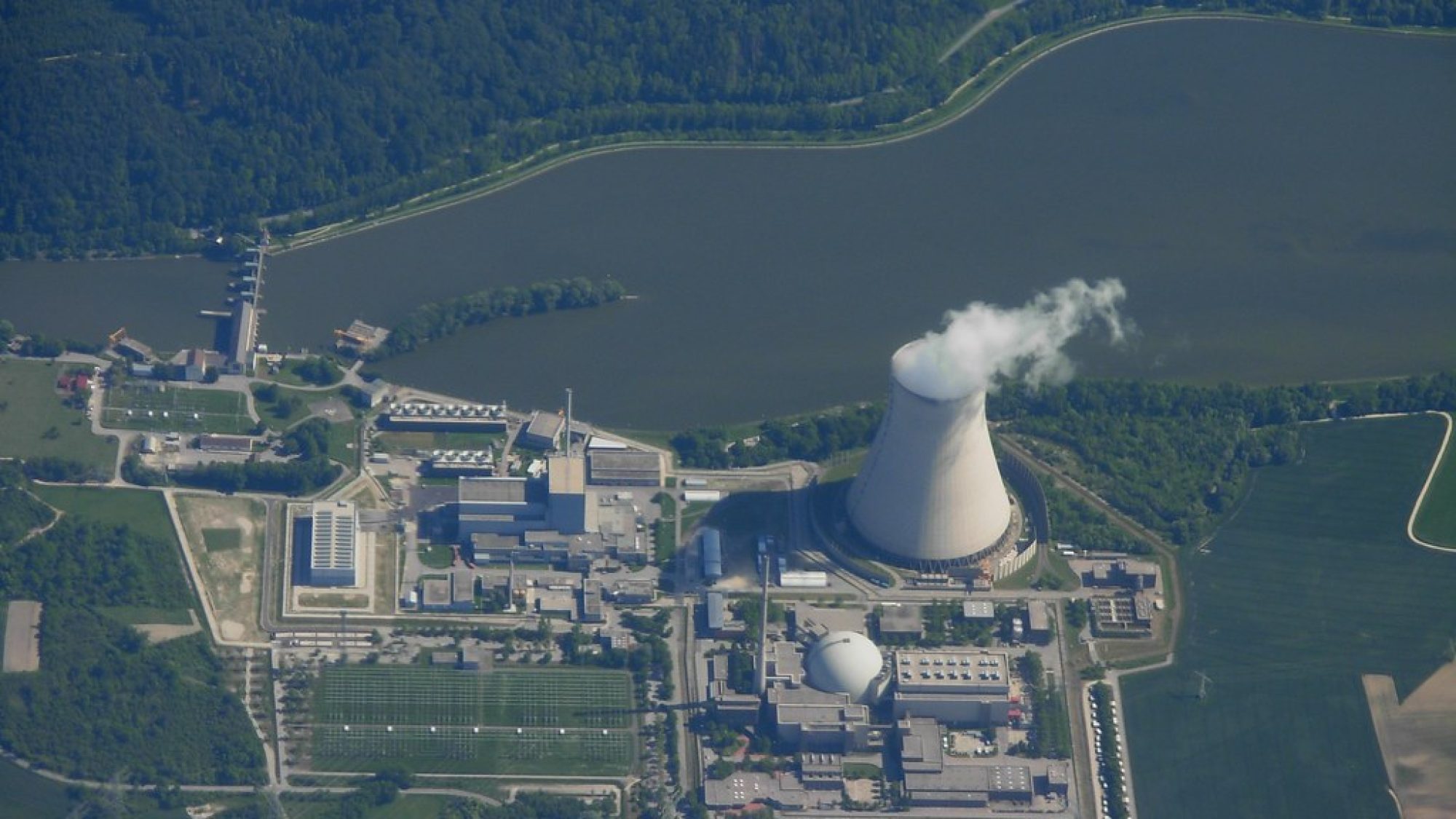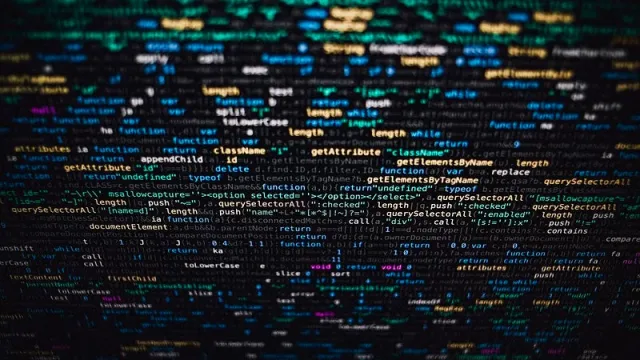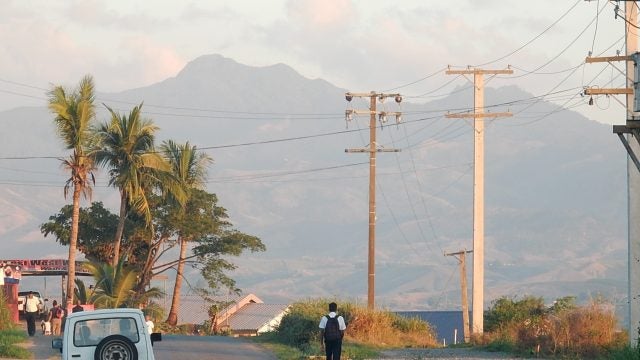
Title: Russian Gas, Green Technology, and the Great Sacrifice
This article argues that the Russian invasion of Ukraine has highlighted the long-term energy dependencies on Moscow that Europe’s fledgling green technology will not be able to fix in the short term. While the crisis does have the power to speed their development, many renewables are not yet cyber-secured and leave even more vulnerabilities for Moscow to exploit. Europe’s late awakening to the geopolitical ramifications of its decades-long dependencies could provide hope for long-term energy source diversification and independence that allows it to meet its climate goals, but only if significant sacrifice and steadfast commitments are made from those with the most to lose—from Berlin to Riga.
Introduction
While Russia’s invasion of Ukraine has left NATO and European Union (EU) member states (mostly) unified around a common goal to wean themselves off Russian oil and gas sooner rather than later, the green technology that could serve as an energy substitute in the most Russia-dependent European countries is too underdeveloped to facilitate this transition in the next two years. Instead, the European Union has increased its coal usage since the invasion, and many countries are actively considering increasing that dependence in the near term instead of phasing it out and keeping up with EU green energy goals. While parallel commitments by member states to accelerate the development of green technologies such as wind and solar are laudable, malicious actors are already taking advantage of their cyber vulnerabilities to create greater energy insecurities associated with the emerging technologies.
This article introduces the EU-wide energy security impacts and green technology transition challenges in the wake of the Russian invasion of Ukraine. Then it uses Germany, Europe’s economic powerhouse and the largest importer of Russian gas throughout the war, as a case study to examine the challenges in transitioning to green technology and the possible solutions that will promote both energy independence and cyber-secure energy critical infrastructure across Europe in the decades to come. It argues that Europe will be economically stronger and more secure if Germany invests in long-term energy security rather than short-term solutions that contradict its environmental, economic, and geostrategic goals.
Context
On the day that the Ukraine was supposed to begin the process of decoupling from the Russian grid, Russia launched a full-scale invasion of the country. European natural gas prices increased by 62 percent the same day. Russia’s hybrid warfare has actively targeted Ukraine’s energy security since 2014, using cyber-attacks on its power grid, disinformation campaigns, and attempts to divide NATO allies around issues such as the certification of the now-bankrupt Nord Stream 2 gas pipeline, which was supposed to deliver gas from Russia to Germany without transiting Ukraine. Using the pipeline as a bargaining chip to escalate conflict with Ukraine, Moscow has manipulated Europe’s energy dependencies in its favor to inflict economic and political costs on its opponents and to silence dissent.
As of this writing, Russia halted gas supplies on April 27 to Poland, Bulgaria, Finland, the Netherlands, Denmark, and to Shell customers in Germany who refused to pay in rubles. This stoppage caused another 28 percent surge in European gas prices. Yet if Europe stays its course, a total embargo of Russian gas by next winter will leave Europe with a 10 to 15 percent energy demand gap to fill. After all, Russia supplies 40 percent of Europe’s natural gas.
So why not switch to renewable technologies to fill that gap? It is not that simple. The European Union receives 37 percent of its electricity from renewable sources—largely wind, hydropower, and solar power—and 22 percent of Europe’s overall energy consumption comes from renewables. Renewable technology cannot double without lead time to backstop a gas crisis. Hydropower facilities and solar and wind farms take time and land space to build. Solar and wind technology is reliant on the right wind and sun conditions to produce maximum energy. In addition, natural gas provides 32 percent of EU final energy consumption to households, which are unable to switch to renewable energy overnight.
Since the invasion, the EU has experienced increasing cyber-attacks on energy critical infrastructure, especially on green technology. After the Ukrainian government repelled a major Russian cyberattack on Ukraine’s grid on April 8, the cyber agencies of the Five Eyes warned on April 20 that Russia was preparing to target the critical infrastructure of sanctioning countries. Recent attacks have taken advantage of the lack of cyber protection on emerging technologies, such as wind farms, impacting energy security in Europe.
Russia has progressively utilized hybrid warfare to challenge energy security, not just in Ukraine, but across NATO member states as Russia seeks to repel the alliance’s influence in Europe and expand its power on the world stage. The situation in Germany since the Russian invasion of Ukraine is a prime example of how Moscow’s hybrid warfare has challenged energy security via the grid, oil, or gas, generating impacts across NATO and European Union member states far beyond Ukraine’s borders.
Germany’s Energy Dilemma and Its Impact on Europe
A German embargo on Russian energy imports or a Russian cessation of delivery will result in lasting impacts on Germany and Europe, as Germany is the EU’s leading economic power. The Bundesbank warned on April 22 that a gas embargo alone would thrust Germany into a recession and cause GDP to shrink by 2 percent. Goldman Sachs estimated that if Russia stopped all pipeline exports to Europe, the continent would see a 2.2 percent decrease in GDP, and Germany a 3.4 percent decrease. Currently, around half of Germany’s gas and hard coal imports and one-third of its oil imports are from Russia, meaning Germany relies on Russia for one-third of its total energy consumption. As part of its Green transition, Germany planned to close its last nuclear power plant this year and shut down another 6.4 GW of coal capacity by 2023. Even before it vowed to wean itself off of Russian imports, the nuclear discontinuation alone meant Germany would face a shortage of 4.5 GW of energy between 2022 and 2025.
Although renewables provide 16 percent of Germany’s energy demand, they cannot quickly fill the more than 30 percent gap in energy supply left by both turning off nuclear reactors and suspending Russian energy imports. In addition, Germany’s renewable energy sector has been vulnerable to cyber-attacks since the invasion of Ukraine. A February 24 cyber-attack on a satellite providing services to Ukraine knocked 5,800 wind turbines in Germany and Central Europe offline, affecting 11 GW of power. On April 12, another cyber-attack against German wind-energy company Deutsche Windtechnik caused the company to shut down the remote-control systems of 2,000 wind turbines for a day. The pro-Russian government ransomware group Conti launched a cyber-attack against another turbine maker, Nordex SE, and forced the company to shut down its IT systems. Interrupting Europe’s energy supply through a cyber-attack can be much cheaper than kinetic attacks because the current state of microgrids and wind turbines often do not yet have comprehensive cybersecurity protection.
What about importing from other countries in Europe? Even if Germany imported gas more heavily from terminals in France, Belgium, and the Netherlands and used existing regasification terminals that were running at maximum capacity, Germany would have to reduce their gas usage by 30 percent in order to cease Russian gas consumption.
Meanwhile, Germany decided to reactivate the coal power plants it planned to shut down in line with its EU green energy commitments to phase out emissions-producing coal by 2030. At the same time, the country announced on March 8 that it would not reconsider plans to shut down the last of its nuclear plants, which do not produce emissions, this year. While the German government called the increase in coal usage a “temporary emergency measure,” Germany will need to adjust to both energy supply and demand if it plans to reach the 65 percent emissions cuts by 2030 from 1990 levels called for in their national climate law.
Solutions
Germany’s vice-chancellor Robert Habeck has proposed to solve the problem by creating new, expensive liquid natural gas (LNG) import facilities at “Tesla speed” that would be ready by mid-2024. This solution would allow Germany to depend less on Russia while relying more on other EU member states, who could suffer their own gas shortages, and who do not have excess supply. Yet Germany’s state of the art nuclear reactors, which provided 13 percent of Germany’s electricity last year, already exist. While no one has suggested extending the controversial nuclear reactors’ operations to be a permanent solution, Germany’s Free Democrats have proposed reactivating nuclear for the short term. This proposal would be tricky as it would require a renewed legislative mandate and new fuel rods. The Greens, who are part of the ruling coalition, are still averse to the idea, though reviving nuclear would provide an emissions-free domestic solution without incurring heavy ecological and economic LNG start-up terminal costs. Another immediate solution is to expand the use of biogas, which today could immediately replace 5 percent of Russian gas imports.
While the German government aims to increase renewables, renewable power companies, especially wind energy firms and firms responsible for grid upkeep, are skeptical that they can produce at the speed the government is asking of them. Licensing challenges, supply chain issues, and lack of workers hinder an accelerated increase in renewables. For ultimate energy independence, Germany should pay better attention to financing long-term renewable solutions rather than investing in short-term LNG terminals which lack the urgently needed supply.
On April 7, the government rolled out its “biggest energy policy reform in decades,” which plans for the country to move to a 100 percent renewable power supply by 2035. To make this vision a reality, Germany will need to provide incentives for the education of personnel in the renewables field, cut down its famous bureaucracy around licensing, update its grid networks, and ensure more domestic supply of green technology parts.
Today, the war in Ukraine rages on as Germany continues to pump funds into Moscow’s war chest, paying them $9.5 billion for gas since the start of the war. By comparison, Russia has earned $66.5 billion in gas revenue total since the war began with 71 percent coming from the European Union. In the short term, the best option is to consider nuclear energy and biogas as immediate environmentally friendly options to bolster Germany’s energy independence while cutting Russian gas. This allows the country time to develop renewables, and the ability to defund Moscow’s war efforts without extreme energy reductions. If the German government continues to import Russian energy, it will need to be honest with its public about what protracted dependence on Russia will mean for Europe’s security. If it decides to cut those dependencies, but focus on new import terminals, the public and the rest of Europe should be informed about what a more than 30 percent reduction in supply will mean for private households, German industry, and the EU economy. That decision would not only defeat its economic, environmental, and geostrategic goals, but would demand great sacrifice from citizens and businesses from Berlin to Riga for years to come.
. . .
Dr. Sarah Lohmann is a Visiting Research Professor at the U.S. Army War College and an Assistant Professor of International Studies at the University of Washington. She is co-leading the NATO Science and Technology Project Energy Security in an Era of Hybrid Warfare, SAS-163. The views expressed are those of the author and do not necessarily reflect the official policy or position of the Department of the Army, Department of Defense, or the U.S. Government.
Image Credit: Flickr; brewbooks; Creative Commons License 2.0
Recommended Articles

Export controls on AI components have become central tools in great-power technology competition, though their full potential has yet to be realized. To maintain a competitive position in…

The Trump administration should prioritize biotechnology as a strategic asset for the United States using the military strategy framework of “ends, ways, and means” because biotechnology supports critical national objectives…

Fiji, a Pacific Small Island Developing State (PSIDS), faces rural electrification challenges due to its dispersed geography and climate vulnerabilities. With 6 percent of Fijian rural households lacking…